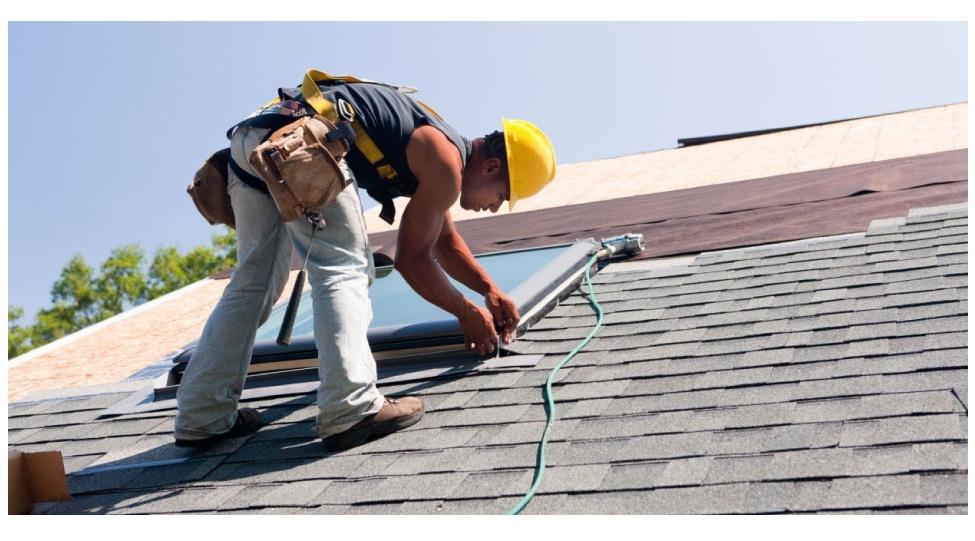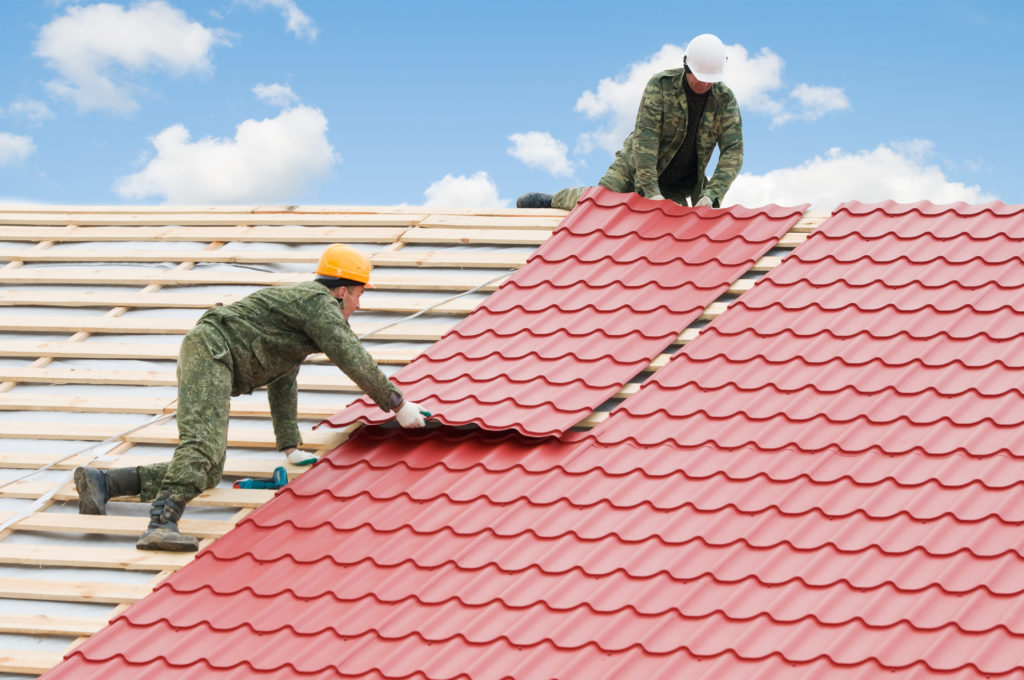A Comprehensive Overview to Effective Roof Covering Flat Roofing Installation
The ins and outs of flat roofing installment demand a careful technique, beginning with a thorough understanding of various level roof covering types and the necessary materials required for optimum efficiency. A successful setup hinges not only on the selection of products yet likewise on the prep work and execution of each step included in the procedure.
Understanding Apartment Roofing Types
When thinking about flat roofs, it is necessary to comprehend the different kinds readily available, as each deals distinct benefits and disadvantages tailored to specific needs. The most common sorts of flat roofings include Built-Up Roof covering (BUR), Changed Asphalt, and Single-Ply membrane layers.
Built-Up Roof includes multiple layers of asphalt and crushed rock, giving outstanding longevity and weather resistance. It is especially advantageous in areas vulnerable to serious weather yet might need more maintenance because of its complex building.
Modified Bitumen is a prominent selection for its simplicity of setup and flexibility. It commonly utilizes a self-adhesive or torch-applied method, which can be advantageous for fast repairs and lasting performance. However, its lifespan can be much shorter contrasted to BUR.
Single-Ply membrane layers, consisting of Thermoplastic Olefin (TPO) and Ethylene Propylene Diene Monomer (EPDM), are identified for their light-weight nature and power performance. These products are often preferred for commercial structures because of their cost-effectiveness and simplicity of installment (Cleveland Roofing Specialists). However, they may not give the very same degree of insulation as various other options.
Each roof type calls for mindful consideration based upon environment, spending plan, and particular project demands.
Crucial Materials for Flat Roofing
A range of vital materials are vital for the effective setup of flat roofing systems. The choice of products directly effects durability, efficiency, and total efficiency.
Among the main products is the roofing membrane, which can be created from various materials such as thermoplastic polyolefin (TPO), ethylene propylene diene monomer (EPDM), or PVC. Each type supplies one-of-a-kind benefits, including UV resistance and flexibility, which are vital for long term performance.
Along with the membrane, insulation materials play a considerable role in energy effectiveness. Stiff foam boards or polyisocyanurate insulation are prominent selections, as they provide outstanding thermal resistance and moisture monitoring.
Additionally, roof adhesives and sealers are necessary for ensuring a watertight installation. These items need to be suitable with the picked membrane to avoid deterioration in time.
Getting Ready For Installment
Proper prep work is crucial for a successful flat roofing system setup, as it lays the groundwork for a reliable and long lasting roof covering system. Begin by performing a complete inspection of the existing roofing framework.
Following, collect all necessary devices and products, ensuring that they satisfy market criteria. This includes water-proof membrane layers, insulation, flashing, and fasteners. Familiarize yourself with the manufacturer's specifications, as adherence to these standards is critical for service warranty objectives.
Consider weather condition problems; avoid installation throughout hefty rainfall or extreme temperatures, which can influence product performance. By taking these preparatory actions, you can boost the probability of an effective level roofing setup that fulfills both structural and visual requirements.
Step-by-Step Installment Refine
With he said the foundation developed via thorough prep work, the following stage includes carrying out the flat roofing installment systematically. Begin by making sure that the architectural deck is free and clean from debris. Next off, mount a vapor barrier to stop moisture buildup below the roof covering product. This step is critical for preserving the roof covering's stability in time.
Complying with the vapor barrier installment, set insulation boards, ensuring they fit snugly with each other visit this site right here to minimize thermal linking. Safeguard the insulation with suitable bolts based upon the roof covering kind and local building regulations. As soon as the insulation is in place, it's time to apply the roof covering membrane. Depending on the picked product-- such as TPO, EPDM, or modified asphalts-- set up the membrane layer according to the supplier's requirements.
Make sure appropriate overlap at sides and seams to create a leak-proof seal. Make use of adhesives, mechanical bolts, or warmth welding as called for. Set up blinking around borders, vents, and any roofing system infiltrations to improve waterproofing. After installment, perform an extensive evaluation to identify any possible concerns prior to ending the job, making sure a reputable and robust level roof covering system.
Maintenance Tips for Durability
Regular maintenance is necessary to guarantee the long life and performance of a flat roofing system. One of the key tasks is to carry out routine inspections a minimum of twice a year, preferably in spring and loss. Throughout these evaluations, look for indications of wear, such as blisters, fractures, or merging water, which can indicate underlying concerns.

Guaranteeing appropriate drainage is critical to avoid water accumulation. Check and clear seamless gutters, downspouts, and scuppers to guarantee unblocked water flow. Additionally, evaluate seals around vents, skylights, and other infiltrations for any type of indications of damage, using caulk or sealer as needed to preserve a water tight obstacle.
Last but not least, take into consideration expert maintenance services every couple of years for comprehensive maintenances. By adhering to these maintenance suggestions, you can considerably expand the life of your level roof covering, guaranteeing it continues to be a dependable shield versus the elements.
Verdict
Reliable flat roofing system installation necessitates a methodical approach incorporating detailed assessments, product selection, and careful prep work. Abiding by the described steps during the installation process makes certain the appropriate application of roof membranes and insulation while enhancing waterproofing via reliable blinking installment. Carrying out regular upkeep methods substantially contributes to the long life of the roofing system. By complying with these guidelines, a durable and trusted flat roofing remedy can be achieved, with the ability of withstanding different ecological conditions.
The complexities of flat roof setup demand a precise technique, starting with a comprehensive understanding of numerous flat roof covering types and the crucial products required for optimal performance.Appropriate prep work is important for a successful level roof installation, as it lays the groundwork for a efficient and resilient roofing system. After setup, perform an extensive inspection to determine any possible issues before wrapping up the project, guaranteeing a trustworthy and durable level roof system.
